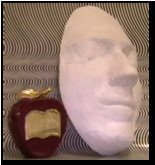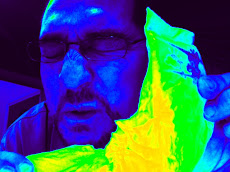Conficker - Fishing for the Worm
Based on the latest
Conficker Research and countless articles posted in the past month, this page provides the everyday Windows computer user with simple online tools to test for the presence of the Conficker worm on their computer.
Identifying Conficker on your local machine
Here are three quick tests to check your Windows-platform computer. The following online tests require the Windows user to have a working internet connection and access to any one of the many web browsers, such as Internet Explorer, Firefox, Safari, and Camino.
Test #1
PC World's Eric Larkin writes that this smart and simple test pulls images from three sites that Conficker is known to block and displays them in a box. Below the box is a guide to interpreting how you see the images -- if they all show up you're in good shape, but if one or more doesn't display it could indicate a Conficker (or other malware) infection. It's a smart and near-instantaneous test that couldn't be any easier, but keep in mind that if your computer uses a proxy server for Web traffic, which can be the case in some companies, you might be infected and still be able to see the images. (from
Source )
Test #2
Can you link to all the sites listed below?
Conficker Research
Contains Test #2 under part I. Description
Abstract of the whitepaper "Know Your Enemy: Containing Conficker" released on March 30, 2009
A 23-page analysis presenting the latest data to repel the Conficker worm
Contains tools and analysis results described in "Know Your Enemy: Containing Conficker"
Q&A of the Day for the Novice Computer User who wants to learn Techie Talk
Q: What is the BIOS?
A: The Basic Input/Output System (BIOS) acts as the motherboard's firmware inside a computer. It contains the first code executed when that computer is powered and serves different functions such as device identification, testing and initialization. This puts the machine into a specific state from where the operating system can take over. (from
Source)
 Next time you find yourself wanting to shout that phrase at the top of your lungs, have some facts to back up your claim. After all, it's one thing to say it, but ima
Next time you find yourself wanting to shout that phrase at the top of your lungs, have some facts to back up your claim. After all, it's one thing to say it, but ima




